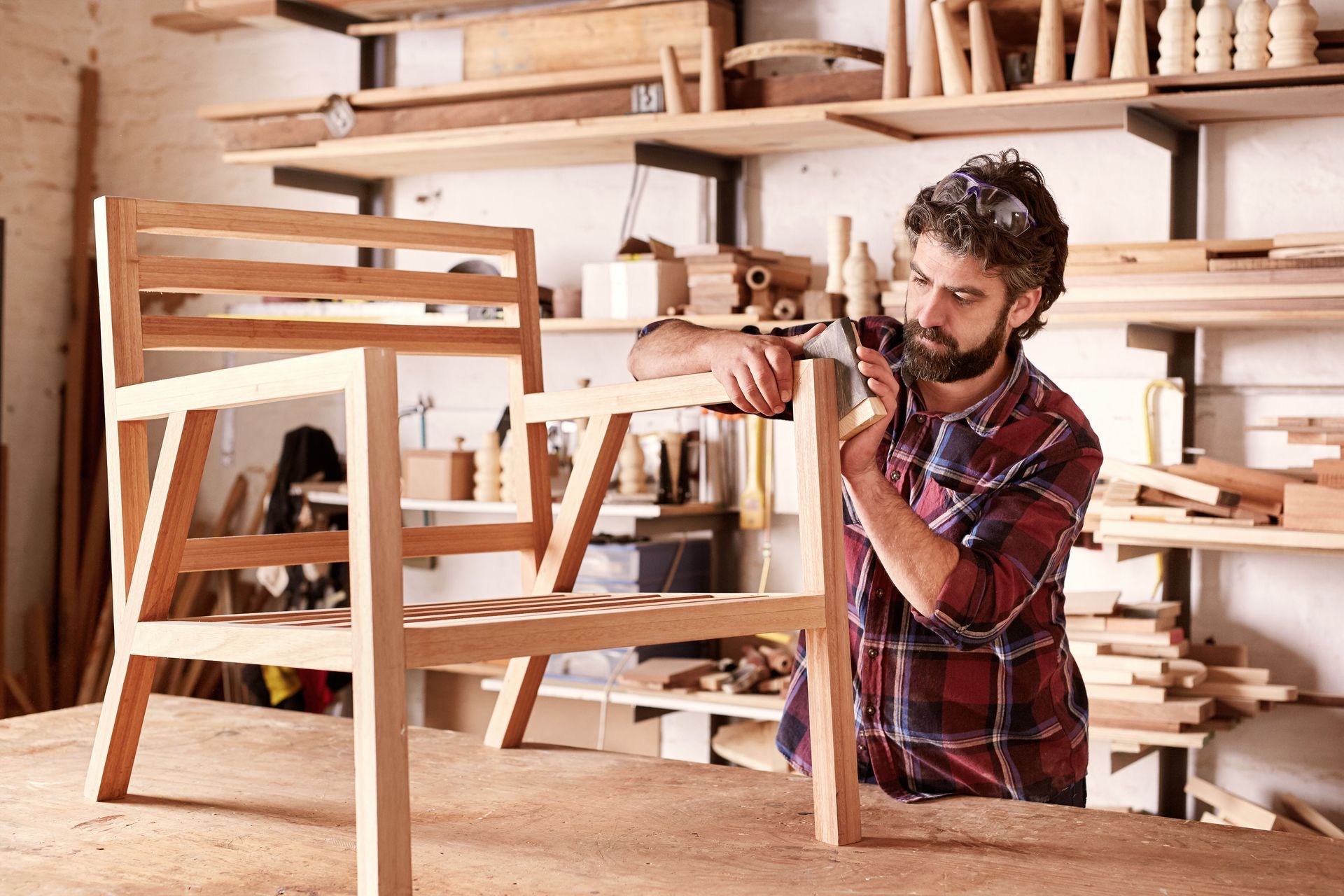What's the Difference Between Corrugated and Carbide Moulder Knives?
According to UpPromote, 17 million American households enjoy woodworking as a hobby. With such a large following, understanding the right moulder knife for the job is key. Whether carbide or corrugated, both types serve the purpose of shaping wood, but they differ significantly in terms of material, durability, applications, and cost. Knowing how these factors influence performance will help you make an informed decision based on your specific needs.
Material Composition
The most fundamental difference between corrugated and carbide
moulder knives lies in their material composition. Corrugated moulder knives are typically made from high-speed steel (HSS). High-speed steel is a reliable material for general-purpose woodworking because it can retain sharpness at high cutting speeds. This makes corrugated knives an excellent choice for many standard moulding tasks, especially when working with softwoods. However, they do wear down more quickly, especially when cutting through harder or more abrasive wood. On the other hand, carbide moulder knives are made from carbide, a much harder and more durable material than steel. This makes them ideal for cutting hardwoods or abrasive materials that would quickly dull a high-speed steel knife. Carbide is widely used in industrial-grade cutting tools due to its ability to maintain sharpness over long periods of heavy use. Because of their superior durability, carbide knives require less frequent sharpening, making them a popular choice in high-volume operations. However, when they do become dull, sharpening carbide blades is more challenging and often requires specialized equipment or professional services.
Durability and Longevity
Durability is another key factor in distinguishing between the two. Corrugated moulder knives, though effective, tend to dull faster when used on hard or abrasive wood types, which leads to more frequent sharpening or replacement. This can be a disadvantage in environments where high productivity is needed. In contrast, carbide moulder knives last significantly longer. Their resistance to dulling, even when cutting through hard materials, reduces the need for maintenance, making them more suitable for tasks that demand precision and durability over extended use.
The choice between corrugated moulder knives and carbide moulder knives depends on the specific requirements of your woodworking project. If you are working primarily with softwoods or have budget constraints, corrugated knives provide a cost-effective solution. However, if you need knives that offer long-lasting performance and can handle more demanding tasks with precision, carbide moulder knives are the better option, despite their higher initial cost. Understanding these differences will help you select the right tool for your needs, ensuring that your woodworking projects are both efficient and cost-effective. Be sure to reach out to Hot Knives today for more information on our professional moulder knives!


Share On: